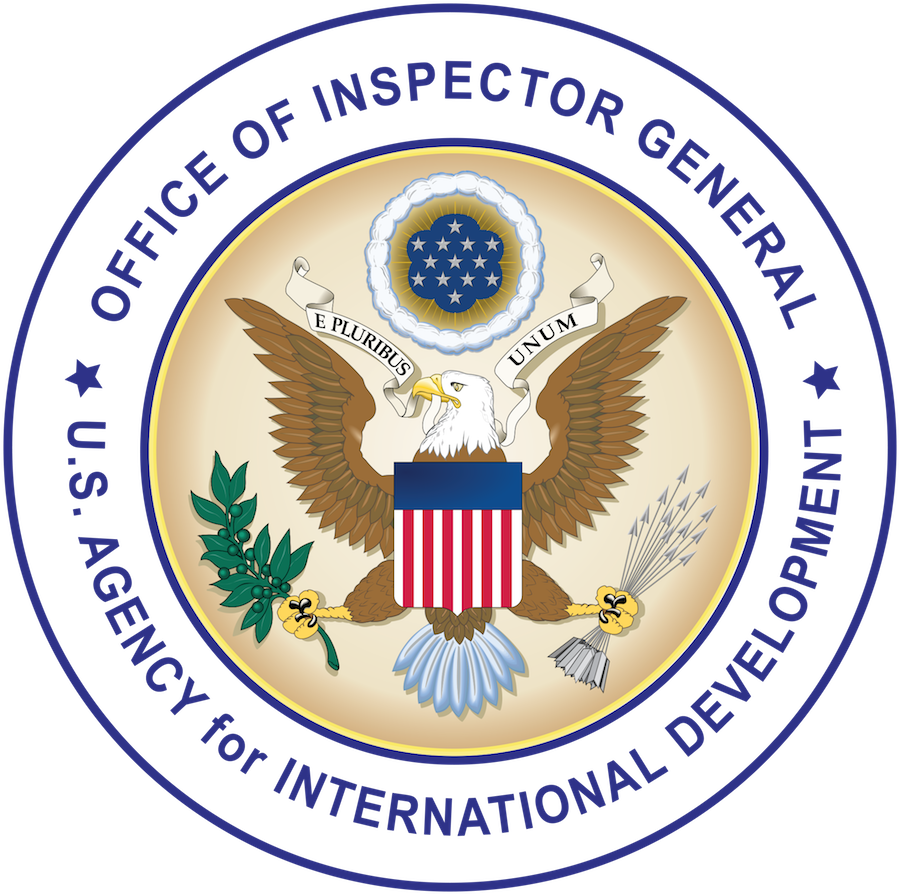Why We Did This Audit
For nearly 30 years, USAID has worked to improve its strategic planning to maintain a talented, diverse, and adaptable workforce. In December 2019, Congress appropriated funding to USAID to increase its civil service and Foreign Service permanent staffing levels. However, the Agency has struggled to achieve the congressionally funded levels amid the COVID-19 pandemic, which significantly impacted USAID’s hiring efforts.
Key Findings
Due to reduced human capital staffing levels, short hiring timelines, and COVID-19 pandemic restrictions, USAID was unable to reach congressionally funded staffing levels. Despite adjusting its processes to reach hiring targets, USAID faced challenges in disseminating guidance to help staff navigate hiring changes and in addressing the limitations of the COVID-19 pandemic.
In addition, USAID did not have an Agency-specific definition of "skill gap" or a centralized tool to track skill gaps. As a result, USAID did not centrally track skill gaps or its progress toward closing skill gaps across all hiring mechanisms.
We made five recommendations to improve USAID’s staffing, strategic workforce planning guidance, and skill-gap tracking.
